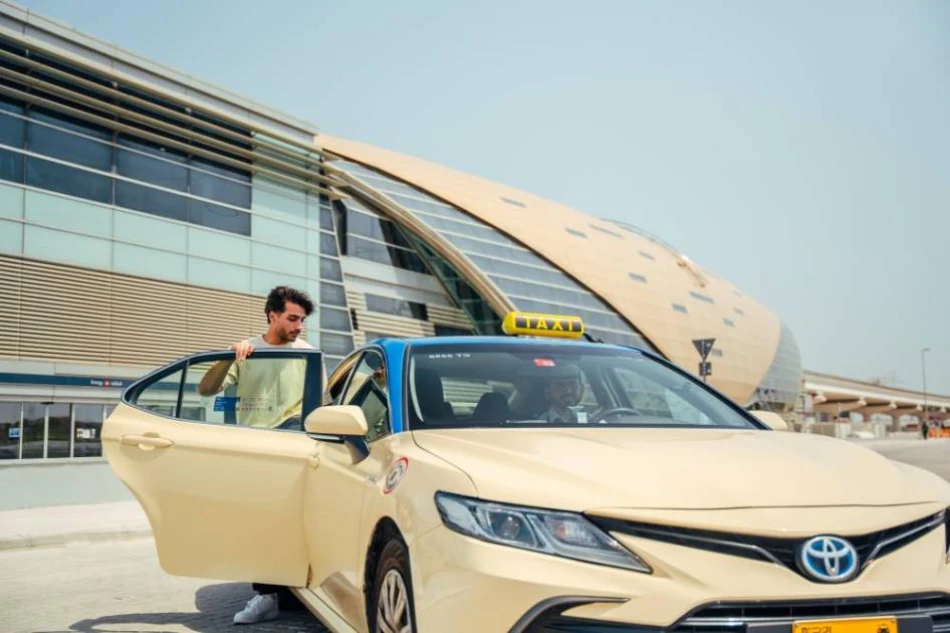
Hala Expands its Fleet with 250 Vehicles, Plans to Add 600 More for Enhanced Mobility Services
Dubai's Hala Ride-Hailing Service Surges 12% as UAE Mobility Sector Matures
Hala, the joint venture between Dubai's Roads and Transport Authority and Careem, has emerged as a dominant force in the UAE's ride-hailing market, posting impressive double-digit growth in the first half of 2025. With trips up 12% in Dubai and customer satisfaction holding steady at 4.9 out of 5, the platform demonstrates how government-backed mobility services can compete effectively against global giants like Uber while advancing sustainability goals.
Strong Performance Across Key Metrics
Hala's operational data reveals robust growth across multiple emirates. In Dubai, the service recorded a 12% increase in trips during peak months, accompanied by a 10% rise in active users. Ras Al Khaimah showed similar momentum with trips climbing 11.3% and user growth hitting 15%, indicating that demand for reliable transportation extends well beyond Dubai's tourism-heavy corridors.
The company maintained operational excellence despite this expansion, with 98% of rated trips classified as "good" or above. Perhaps more impressively, Hala kept average arrival times under three minutes in vital areas, even during rush hours, while achieving a 93% trip completion rate.
UAE's Mobility Revolution Gains Momentum
This growth trajectory aligns with broader trends reshaping transportation across the Emirates. The UAE's tourism recovery, coupled with increased domestic mobility and residents' growing reliance on app-based transportation, has created fertile ground for ride-hailing expansion.
Unlike markets where ride-hailing operates in regulatory gray areas, Hala benefits from direct government partnership through the RTA. This collaboration provides operational stability and regulatory certainty that pure private operators often lack, potentially explaining the service's ability to scale without compromising quality metrics.
Fleet Expansion and Green Transition
Hala added 250 vehicles to its fleet during the reporting period, with plans for an additional 600 units in coming months. More strategically, the company introduced four new electric vehicles, bringing its hybrid fleet composition to 90% as part of its environmental commitment.
The sustainability push yielded measurable results: electric vehicle trips reduced emissions by approximately 272.61 metric tons of CO2 equivalent. This positions Hala ahead of many regional competitors in the race toward carbon-neutral urban mobility, aligning with the UAE's broader Net Zero 2050 strategy.
Operational Efficiency Improvements
Beyond growth metrics, Hala demonstrated improving operational sophistication. Customer support contacts dropped 13%, while low-rated trips (one to three stars) fell 25%. Cancellation rates declined 17%, suggesting better driver-passenger matching and reduced friction in the booking process.
These improvements matter significantly in ride-hailing, where customer retention depends heavily on consistent service quality. The ability to grow rapidly while simultaneously improving user experience indicates mature operational management—a capability that took global players like Uber years to develop.
Market Implications and Regional Context
Hala's performance offers insights into how government-backed mobility services can succeed in competitive markets. Unlike Singapore's limited ride-hailing licenses or China's heavily regulated approach, the UAE has chosen partnership over restriction, allowing Careem's technology expertise to combine with RTA's regulatory authority and local knowledge.
For investors watching the Middle East mobility space, Hala's success suggests that hybrid public-private models may prove more sustainable than pure venture capital-funded expansion. The service avoids the cash-burning customer acquisition wars that have characterized ride-hailing in other markets, instead focusing on steady growth within a supportive regulatory framework.
As urban populations across the Gulf region continue expanding and governments prioritize smart city initiatives, Hala's model could provide a blueprint for sustainable mobility services that balance commercial viability with public transportation goals.
Most Viewed News

 Omar Rahman
Omar Rahman






